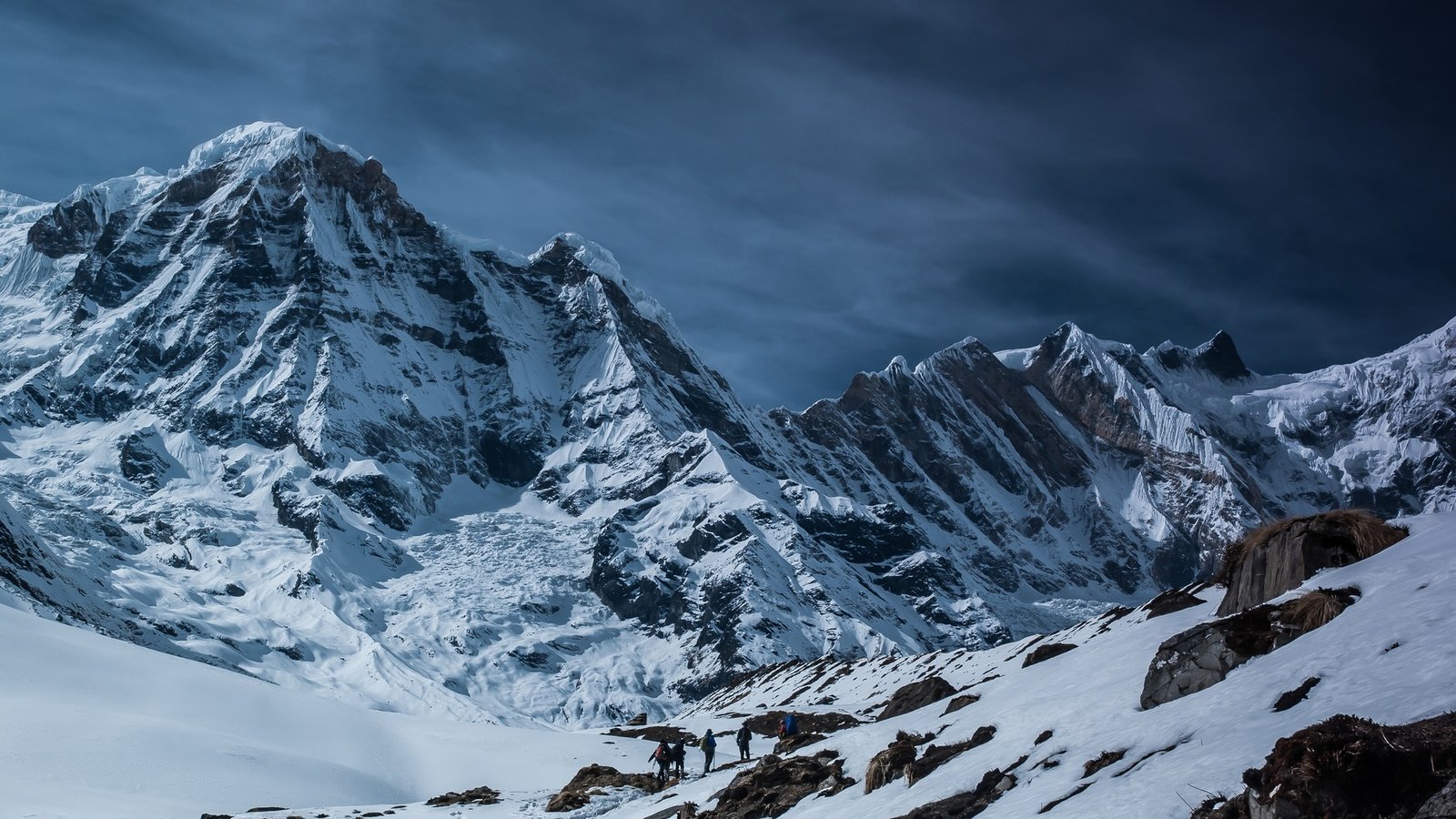Reaching the summit of Mount Everest, the world’s tallest peak at 8,848 meters (29,031 ft), is one of the most coveted achievements for mountaineers. This towering Himalayan giant has captured the imagination of adventurers for decades, symbolizing the ultimate test of endurance, skill, and determination. If you're dreaming of standing on top of the world, this guide will walk you through the steps needed to prepare for this life-changing journey, from the necessary training to the logistics involved in making it to the Everest summit.
1. Preparing for Everest: Training and Fitness Requirements
Conquering Everest requires not only mental fortitude but also peak physical conditioning. Training for such a monumental challenge is essential for survival and success.
- Cardiovascular Training: Given the extreme altitudes, cardiovascular fitness is key. Incorporate long-distance running, cycling, and swimming into your regimen to build endurance. Many climbers practice interval training to simulate the stress of climbing at high altitudes.
- Strength and Endurance: Focus on leg strength, which is crucial for the grueling ascent. Squats, lunges, and hill hikes with weight vests are excellent for preparing your muscles. Don’t neglect upper body strength—pull-ups and push-ups will help manage equipment and carry heavy packs.
- Altitude Training: Since the summit of Everest exists in the “death zone,” your body must adapt to lower oxygen levels. Use high-altitude simulation chambers or visit high-altitude locations to train your body for thinner air.
- Mental Preparation: Climbing Everest is as much a mental challenge as a physical one. Visualization, mindfulness, and staying calm under pressure will keep you focused when things get tough.
2. Essential Gear for Everest
The extreme conditions on Everest demand specialized gear that can handle temperatures as low as -60°C (-76°F) and brutal winds. Here’s a list of essential equipment:
- Clothing: Layered clothing, including thermal base layers, insulating jackets (down suits), and weatherproof outer layers, is critical. Ensure you have proper gloves, balaclavas, and goggles to protect against frostbite.
- Footwear: Insulated, high-altitude mountaineering boots are mandatory. These must be worn with crampons to navigate icy slopes.
- Safety Gear: You’ll need an ice axe, harness, ropes, carabiners, and a helmet. Avalanche beacons and oxygen systems are crucial for high-altitude climbs.
- Tents and Sleeping Gear: High-altitude sleeping bags and durable, windproof tents are required for camping on Everest’s slopes.
- Climbing Permits: Permits to climb Everest are costly and must be obtained through the Nepalese or Chinese governments, depending on your route. These fees typically range from $11,000 to $35,000.
3. The Route to the Top
There are two primary routes to the Everest summit:
- The South Col Route (Nepal): This is the most popular and often considered the easier of the two, with more established infrastructure and support. It starts from the town of Lukla, with climbers passing through Everest Base Camp and ascending via the Khumbu Icefall, Lhotse Face, and South Col before reaching the summit.
- The North Col Route (Tibet): The northern route, starting from the Tibetan Plateau, is less crowded and steeper. It includes challenges like the infamous Second Step, a rock face at 8,610 meters that requires technical climbing skill.
Both routes require acclimatization to avoid altitude sickness, with climbers gradually moving between base camps and higher camps over several weeks.
4. Acclimatization and Handling Altitude Sickness
Acclimatization is critical when attempting Everest. Ascending too quickly can lead to acute mountain sickness (AMS), which can be life-threatening. Symptoms include headaches, nausea, fatigue, and confusion.
- Acclimatization Strategy: Use the “climb high, sleep low” method. Spend nights at lower elevations after climbing to higher points to help your body adapt.
- Medications: Drugs like Diamox can aid in combating altitude sickness but consult a doctor before using them. Supplemental oxygen is also used during summit bids starting around 7,000 meters.
- Listen to Your Body: If you experience symptoms of AMS, it's essential to descend immediately. Ignoring the warning signs can result in deadly conditions like pulmonary or cerebral edema.
5. Choosing a Guiding Company
Most people attempting Everest do so with the help of experienced guiding companies. They provide logistical support, seasoned Sherpas, and ensure your safety on the mountain.
- Experience Level: Choose a guide company with a proven track record of successful summits. Check client reviews and ensure the company prioritizes safety.
- Cost: Everest expeditions can cost anywhere from $30,000 to $100,000 depending on the services offered. Higher-priced packages often include more personalized care, additional oxygen, and better amenities.
- Sherpa Support: Sherpas are essential to any Everest expedition. They carry supplies, set up camps, and guide climbers through hazardous sections of the climb. Their knowledge of the mountain is unparalleled.
6. Timing Your Ascent: Best Time to Climb
The best time to summit Everest is during the pre-monsoon season, between late April and early June. This period offers relatively stable weather and fewer climbers, though the mountain can still be crowded due to its popularity.
- Monsoon Season: June through September is avoided due to heavy snow and unpredictable conditions.
- Post-Monsoon: Some climbers opt for the autumn window (September to November), but this period is less popular due to colder temperatures and higher winds.
7. Summit Day: The Final Push
Summit day usually begins at midnight or in the early hours of the morning. After weeks of preparation, acclimatization, and waiting for a favorable weather window, you’ll embark on the final ascent.
- Summit Bid: The final section of the climb includes the infamous Hillary Step, a near-vertical rock face that presents one of the last major challenges before the summit. Patience and stamina are crucial during this phase.
- Time Management: Climbers must reach the summit by noon to ensure they have enough time to descend safely. Delaying the descent can increase the risk of getting caught in dangerous weather conditions.
8. The Descent and Returning Home
Reaching the summit is only halfway. The descent is often where climbers face the most danger due to fatigue, worsening weather, and depleted oxygen supplies. Move cautiously, rest often, and stay hydrated as you make your way back down to base camp.
Once safely off the mountain, many climbers reflect on their achievement with a deep sense of pride and humility. The challenge of Everest is not just physical but spiritual, leaving an indelible mark on everyone who faces it.

Conclusion: The Everest Experience
Summiting Everest is the pinnacle of mountaineering, a goal that requires immense preparation, both physically and mentally. With the right training, gear, and support, you can join the ranks of those who have stood on the roof of the world.
Whether you're already an experienced climber or just beginning your mountaineering journey, the allure of Everest continues to inspire those with a desire to push their limits.


